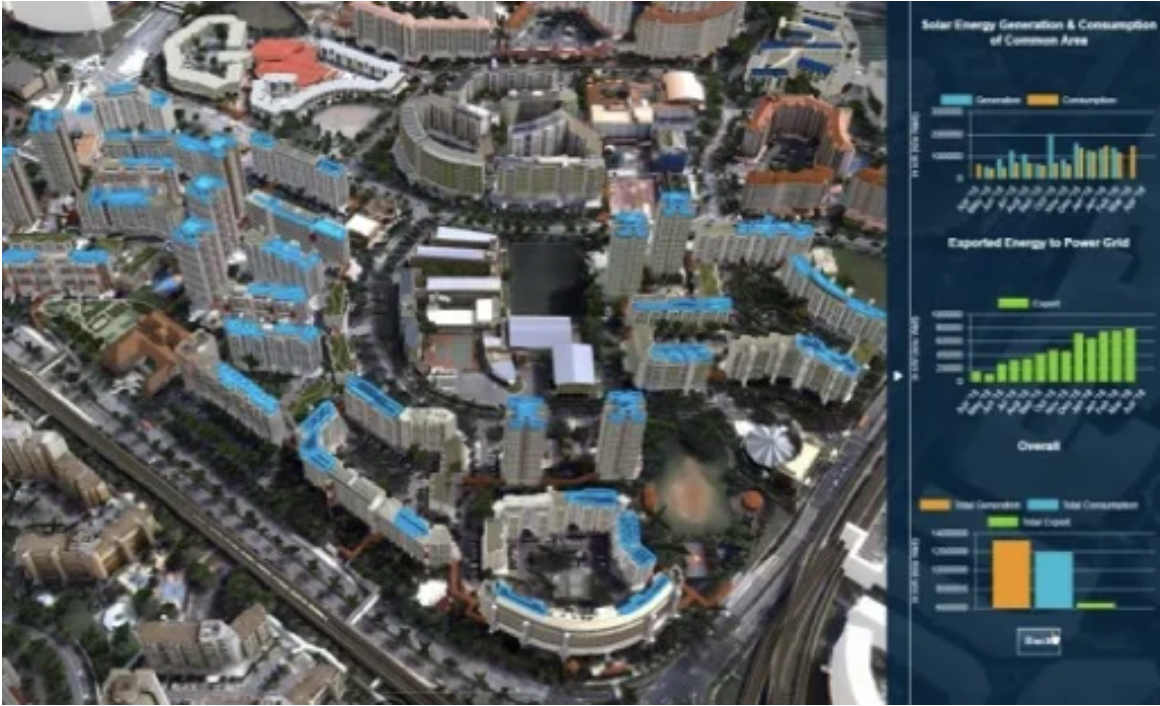Hardly any other market sector is developing as dynamically as IT. New technologies and solutions appear every week and make our daily work and life easier and more efficient. In this article, we will look at the five most important trends that will shape the IT market in the coming months. We will talk about solutions that affect both the work of companies and institutions, and the life of ordinary people. We invite you to read!
Of course, the list of trends shaping the modern world of technology is much longer. In this article, we decided to focus on discussing issues that are of interest, regardless of the market sector in which the person or company works. What’s on our list?
Cloud-native platforms
Gartner named these platforms one of the top technology trends of 20221. And for good reason. As reported by Statista.com, as early as 2030, the European market for cloud technologies may be worth up to EUR 560 billion2.
The idea of cloud-native is, in short, the development of technologies created from the beginning with the thought of the cloud in mind. This eliminates the problem of moving IT infrastructure to the cloud (which is often an expensive and time-consuming process) and allows you to take full advantage of the scalability, flexibility and resilience (e.g. to various technical problems or cyber-attacks) provided by the cloud3. Cloud-native applications will be more useful and cheaper to build and maintain, at least in relation to the transfer of “non-cloud” technologies to the cloud.
Development of the metaverse
If you’ve never heard of the term, we can assure you that it will soon be as common as social media is today. Metaverse is a virtual world made possible by technologies such as blockchain, the internet of things (IoT), augmented reality (AR) and virtual reality (VR). Today metaverse is still developing and we are far from the virtual experiences known from sci-fi movies, but we will undoubtedly get to this stage as well. Already today, many companies are wondering how to use the potential offered by this virtual world, and… RayBan creates glasses that are to enable entry to it from any place on earth4.
No-code solutions (NCDP)
This cryptic acronym stands for no-code development platforms. It is a new approach to application development that does not require knowledge of any programming language. No-code platforms use simplified panels that allow you to create software with the help of graphical interfaces. An example of such a platform is Google AppSheet. It allows you to create applications simply by using the data you have and defining the target effect.
Watch Carter Morgan of Google Cloud talk about this platform (video only in English):
The benefits of no-code are obvious. The application development process is significantly shortened, in fact, anyone can build (of course, relatively simple) an application for themselves, and companies can test many different ideas without investing large funds in the new software development process.
PWA
This is another English acronym that stands for progressive web apps. It is true that these “progressive web applications” were introduced by Google in 2015, but today their popularity is growing dynamically. PWAs offer a new, universal approach to creating web and mobile applications. These applications behave like a typical website, are hosted on a server and created using popular web technologies such as JavaScript, HTML and CSS.
The difference is that PWAs are 100% web-based. This means they can be shared with users via a regular URL. You do not need to download them to the device or install any additional software. Typically, an application only asks users to create a shortcut on the home screen.
A goo example of a company using PWA is Uber. Just go to m.uber.com and enter your phone number to gain access to the application without having to install it on your phone.
AIoT
This is perhaps the most technologically advanced trend that we mention in this text. AIoT is a combination of two technologies – AI (Artificial Intelligence) and IoT (Internet of Things). IoT uses artificial intelligence and implements it directly in everyday devices. This reduces the time it takes to transfer data to the cloud and back, meaning IoT devices can carry out various tasks remotely almost instantly. Smartwatches are a good example of AIoT. With their help, you can browse the internet, pay in the store without contact and track your physical condition and health. When the smartwatch detects that something is wrong (e.g. you haven’t moved for a long time), it will display an appropriate message. AIoT works similarly for smart refrigerators and even autonomous vehicles.
In their way, each of these technologies is simply fascinating. That is why we will devote more space to each of them in the following entries. We invite you to read and follow IT trends with us!
